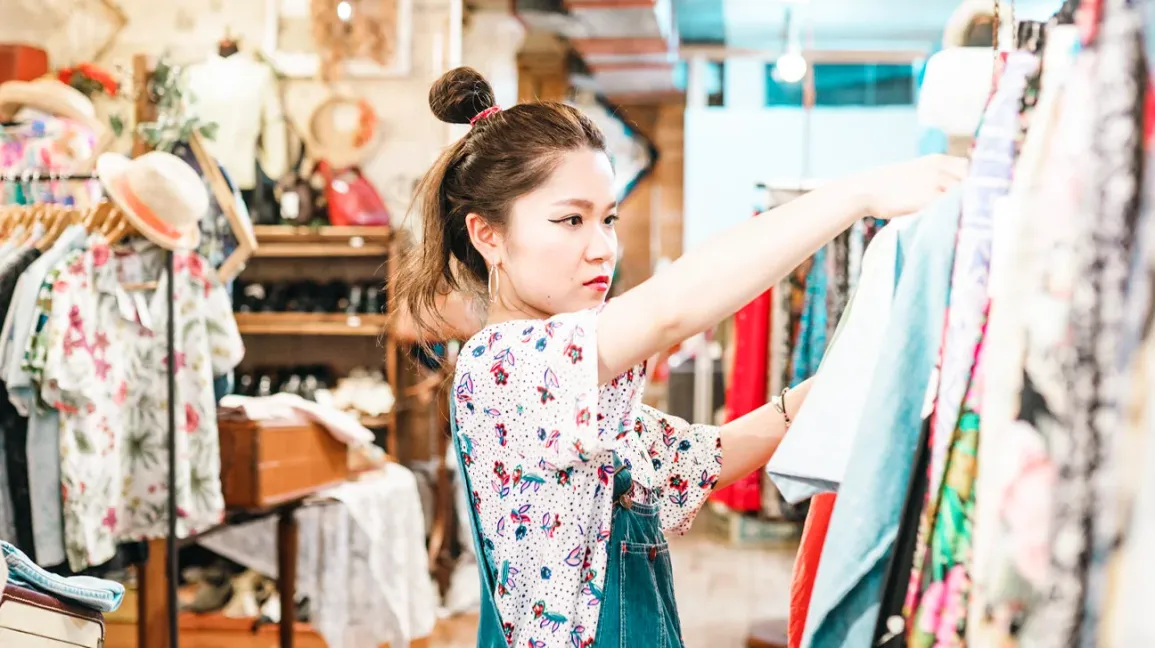In recent years, thrift stores have undergone a remarkable transformation, emerging as vibrant hubs of fashion, sustainability, and community spirit. Once perceived as dusty repositories of cast-offs, these secondhand shops have experienced a renaissance, driven by a confluence of factors that appeal to modern sensibilities. The growing popularity of thrift shopping is emblematic of a broader cultural shift towards sustainability and individuality, reflecting a desire to make more conscious choices in the face of an increasingly disposable consumer culture. One of the primary catalysts behind this resurgence is the heightened awareness of environmental issues. As consumers become more attuned to the ecological impacts of fast fashion, the allure of thrift stores grows stronger. Secondhand shopping offers a compelling alternative to the linear model of production and consumption, allowing individuals to reduce their carbon footprint while still indulging in stylish and unique finds. This environmental consciousness is not merely a trend but a movement deeply rooted in the values of reducing waste and conserving resources, aligning with the ethos of many millennials and Gen Z shoppers.

The shift in perception is also fueled by the thrill of discovery that thrift stores uniquely provide. For many, hunting for hidden gems and vintage treasures offers a sense of adventure and personal satisfaction that mass-produced items often lack. Thrift stores cater to those who seek to express their individuality through fashion and home décor, offering an eclectic mix of items that cannot be found in mainstream retail outlets. This sense of exclusivity and the potential for uncovering rare and valuable pieces contribute to the growing appeal of secondhand shopping. Moreover, the economic advantages of thrift shopping cannot be overlooked. In a time of economic uncertainty and inflation, thrift stores present an affordable alternative for consumers looking to stretch their dollars. High-quality items, often at a fraction of their original price, provide significant savings while still delivering style and functionality. This practical benefit aligns with the financial realities faced by many individuals and families, further enhancing the appeal of thrift stores.
Social media has played a pivotal role in the revival of thrift culture. Platforms like Instagram and TikTok are brimming with influencers and enthusiasts displaying their secondhand finds, creating a buzz that extends beyond local communities. These digital spaces highlight the creativity and unique style that thrift stores can offer, inspiring a new generation of shoppers to explore the potential of pre-loved items. The renaissance of thrift stores is also a testament to the power of community and shared values. Many thrift shops are operated by non-profit organizations, contributing to local causes and fostering a sense of connection and purpose among shoppers. This aspect of thrift shopping appeals to those who want their purchases to support meaningful initiatives and create positive social impact. In conclusion, the resurgence of thrift stores is a multifaceted phenomenon driven by a combination of environmental awareness, economic considerations, personal expression, and community engagement. As these secondhand shops continue to thrive, they symbolize a shift towards more thoughtful and sustainable consumption, reflecting broader changes in consumer attitudes and values.

